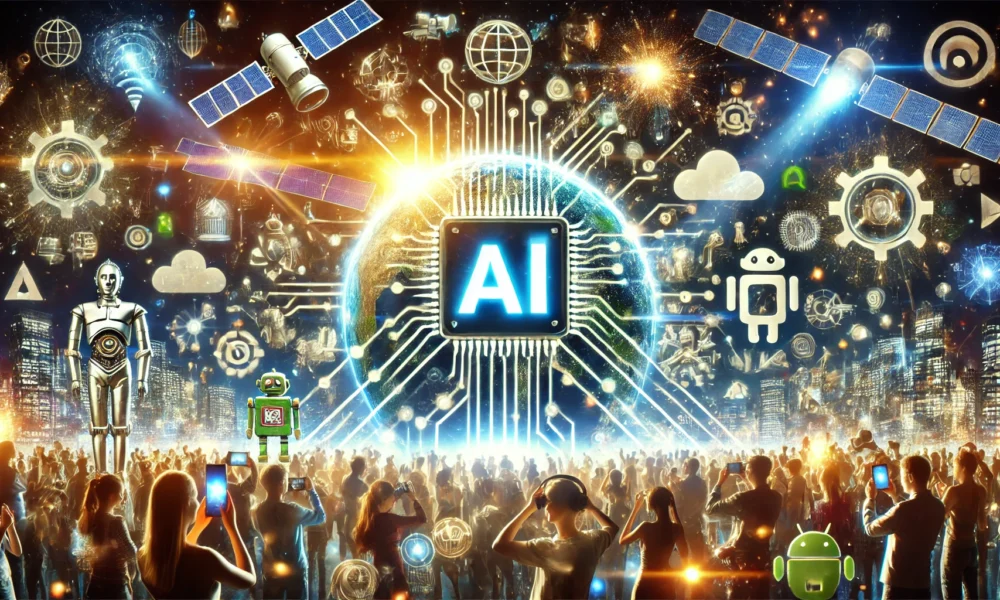Although it has been making waves for a long time, the hype surrounding artificial intelligence appears to have reversed course. Lately, talk of the “AI bubble” coming close to bursting has increasingly dominated media headlines. There is a growing skepticism in the market, with many companies wondering whether the technology will ultimately be worth the huge investments that have already been made.
But personally, I think there are better questions to consider. I mean, what happens after all the hype? How will the trajectory of AI development change once media interest and investor enthusiasm wanes? AI is touted as a game-changing technology, but is its potential enough to survive and thrive?
Well, let’s take a look.
Media frenzy is a double-edged sword
First of all, it should be mentioned that the massive spotlight placed on AI by the media over the past few years has been a mixed blessing for the industry.
On the other hand, increased interest has opened many doors and allowed us to attract investment into projects that otherwise would have been out of reach. Developing cutting-edge technology is not possible without significant financial support and skilled professionals. Both of these things have become easier to come by as the hype has attracted new money and talent to the field.
But that same hype has also led to so-called “AI wash,” where companies use the AI label to attract funding and attention. But in reality, such companies rarely use the technology or contribute to its advancement. These exaggerations (and sometimes outright lies) often lead to disappointing expectations and can undermine trust between investors and the broader AI community.
AI’s decline in media popularity is not over yet
There’s a concept that tracks the rise and fall of new technology trends called the “Gartner Hype Cycle.” They say that after inflated expectations reach a peak, they usually decline rapidly as interest and excitement fade. And according to a study published by Gartner in June 2024, AI technology has already reached peak expectations. That means we’re headed for a recession.
It’s hard to say exactly what triggered the downturn, but whatever the cause, that doesn’t mean the technology itself has become less promising. It’s just that the word “AI” is being thrown out of use left and right for no reason. The problem with the AI bubble is not the technology itself. However, too many projects touted themselves as “AI-powered” to attract investors, even though many of them had little to do with true AI.
So when the bubble bursts, it doesn’t spell the end for AI. Rather, the technology will continue to evolve, as it has already proven its value in many areas such as e-commerce, healthcare, and banking. Genuine AI products deliver tangible benefits and continue to generate profits even when less viable AI projects fall by the wayside.
Past tech bubbles paint a positive picture
Strictly speaking, AI’s current trajectory is not unique to the technology market. We’ve seen similar bubbles before. For example, consider 3D printing, which was one of the biggest buzzwords in 2015. While the hype died down in the years that followed, the technology itself continued to advance at an incredible pace. The market size in 2023 is expected to exceed $20 billion and continue to grow.
AI may well follow a similar path. The milestones achieved so far, especially in areas such as programming, are too significant to be dismissed as mere hype. Matt Garman, head of Amazon Web Services, predicts that AI could replace most developers within a few years, and there is some truth to this. AI systems are already being coded at the junior and even intermediate developer level, but they are not being talked about much due to reluctance on the part of the tech community to embrace this change.
However, progress itself cannot be denied. Even if the hype-fueled investment dries up, projects that deliver real value will continue to attract funding. AI in banking compliance is a prime example of an area where the proper application of AI can save a lot of resources. Especially for smaller banks that cannot afford large compliance teams, AI solutions can be very helpful and worth the investment.
Beyond the hype, there’s still a promising future
In summary, the future of AI after all the hype remains optimistic. Media attention comes and goes. That’s how things work. But I don’t think it will spell the end for AI, and I think the post-hype phase will lead to a period of stability. The technology will continue to mature and gain a foothold toward commercialization, but this time it’s getting attention for all the right reasons.



